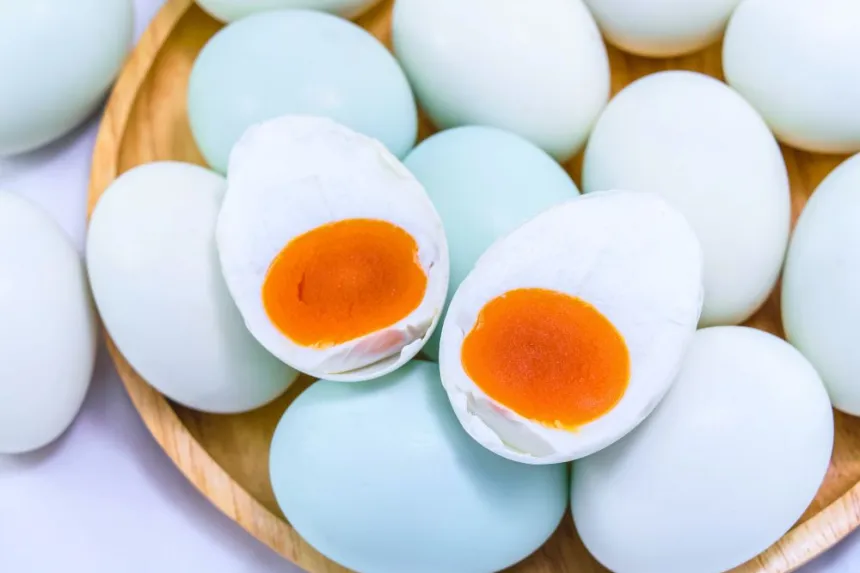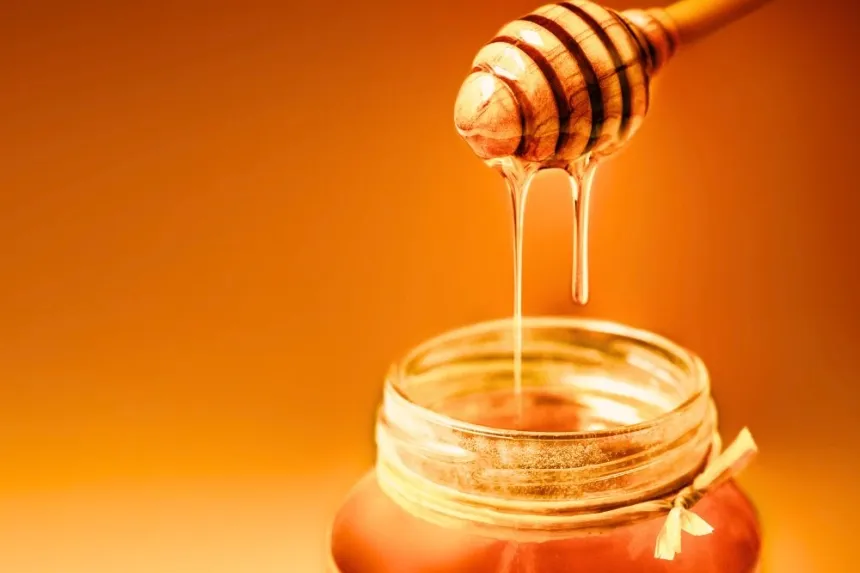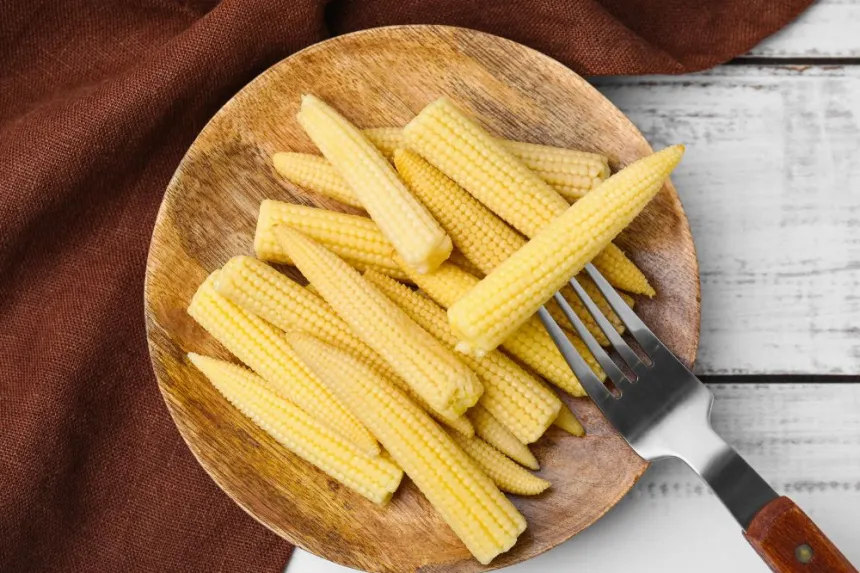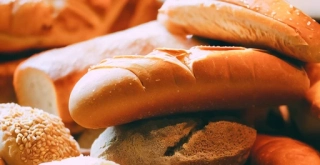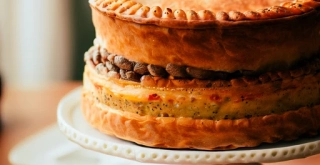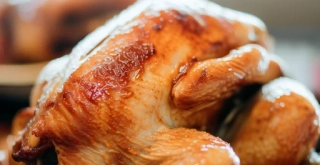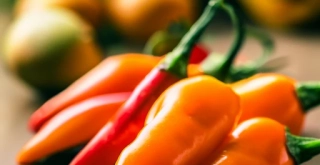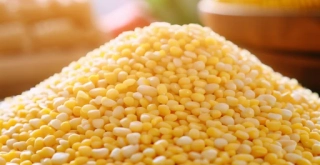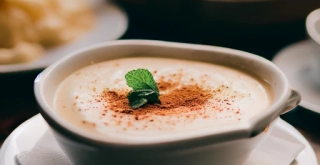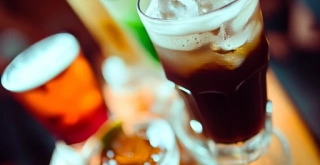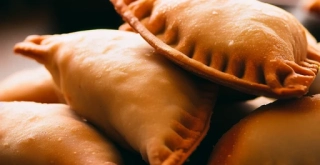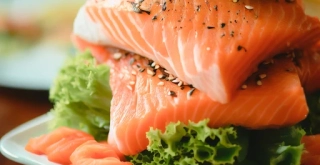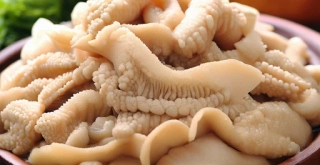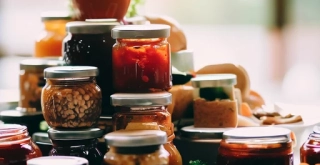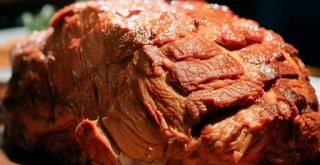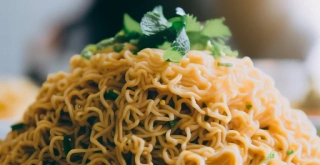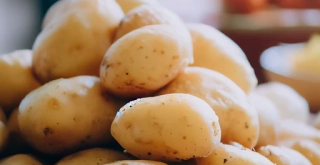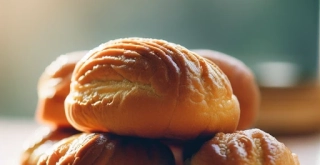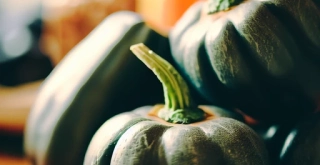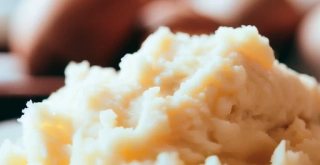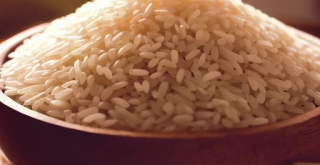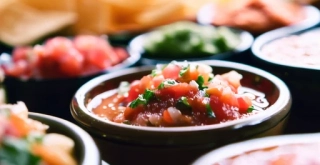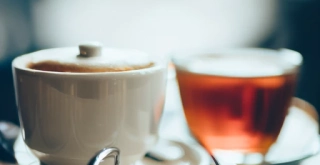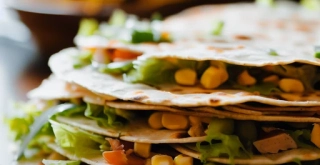How to recognize and treat blisters on the skin
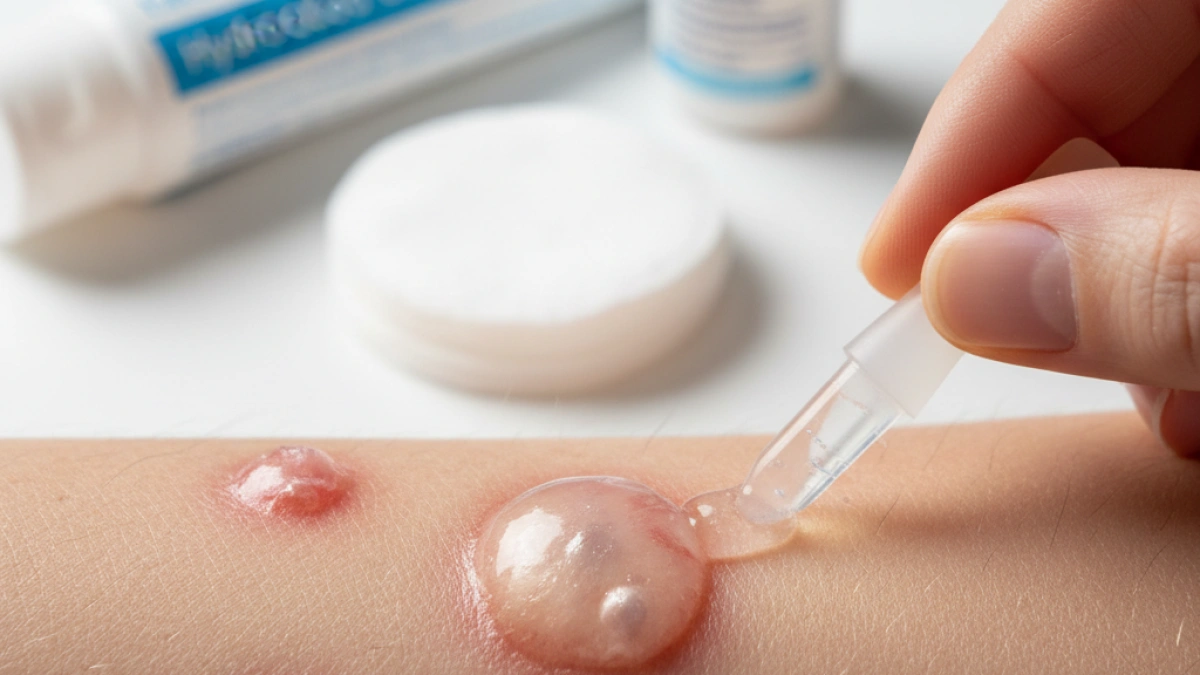
Blisters on the skin are a common response of the body to injuries, friction, or burns. Recognizing them and knowing how to treat them properly is essential to avoid complications and promote a quick recovery. Below, I present clear and useful information on how to identify and manage this type of skin injury.
What are blisters?
Blisters are small sacs filled with liquid that form on the top layer of the skin. They are generally covered by a thin layer that protects the liquid inside. These lesions can arise for various reasons, including:
- Friction: When the skin rubs against a hard surface.
- Burns: From heat or exposure to chemical substances.
- Allergic reactions: Some substances can cause irritation and, consequently, blister formation.
- Infections: Certain viral infections, like herpes, can generate blisters.
Symptoms of blisters
The main characteristic of a blister is its appearance. They are typically rounded elevations on the skin that contain clear liquid, although in some cases, they may be larger and contain blood or pus. In addition to the blister itself, you may experience:
- Pain or burning in the affected area
- Redness around the blister
- Swelling of the surrounding tissue
How to treat blisters
Initial care
It is important to manage blisters carefully to facilitate healing and prevent infections. Here are some steps you should follow:
- Do not pop the blister: Unless absolutely necessary, it is advisable to leave the blister intact so that it serves as a protective barrier.
- Wash your hands: Before touching the blister or the surrounding area, make sure to wash your hands thoroughly with soap and water.
- Apply an antiseptic: If the blister has broken, apply a mild antiseptic to prevent infections.
Treatment options
- Cover the blister: Use a sterile bandage or gauze to cover the blister and protect it from friction.
- Pain relievers: If you experience pain, over-the-counter pain relievers, such as ibuprofen or acetaminophen, can help alleviate discomfort.
- Cold compresses: Applying a cold compress can help reduce inflammation and pain.
When to seek medical attention
Consider consulting a healthcare professional if:
- The blister is infected (showing redness, warmth, pus, or increased pain).
- There are multiple blisters that are not healing properly.
- You experience fever or any unusual symptoms.
Preventing blisters
The best way to treat blisters is to prevent them. Here are some tips:
- Wear appropriate footwear: Choose comfortable shoes that do not cause friction on your feet.
- Protect your skin: When engaging in activities that may cause friction, such as sports, use appropriate bandages or protectors.
- Keep your skin hydrated: Well-hydrated skin is less susceptible to blisters.
Recognizing and properly treating blisters on the skin can help you maintain your well-being and prevent complications. If you want to learn more about this topic and others, I invite you to keep reading on my blog. Until next time!
Let me know if there's anything else you need!
